Portrait of PauIIna Giebułtowska (1862)
Technique: Giclée quality print
Recommended by our customers
More about this artwork
Welcome to a detailed examination of the "Portrait of Paulina Giebułtowska," a captivating work by the renowned Polish painter Jan Matejko, completed in 1862. This masterwork offers viewers a profound insight into both the artistic style of Matejko and the cultural period it represents.The portrait itself is instantly striking for its directness and the powerful presence of its subject, Paulina Giebułtowska. She is depicted seated, against a rich, deeply-hued red backdrop which suggests a sense of status and depth. Her attire is meticulously detailed, showing layers of black fabric that encapsulate the fashion of her time, emphasizing both elegance and the somber qualities of her dress. Dark attire was typical of the era, often worn during periods of mourning or by older women to reflect societal status and solemnity.Paulina's expression is particularly noteworthy. Her gaze meets the viewer with an unyielding intensity and seems to carry a narrative of wisdom, experience, and perhaps a tint of reflective solitude. This facial expression, coupled with the slight tilt of her head and the firm set of her mouth, might suggest a story of resilience or determination.Jan Matejko’s skillful use of light accentuates the textures of her clothing and jewelry, adding a tactile quality to the portrait that invites the viewer to perceive not just the visual, but the physical essence of Paulina’s presence. The intricate details of her lace cuffs and the shimmer of her earrings reflect Matejko’s meticulous attention to detail and his prowess in using paint to capture the intricacies of human features and clothing.Overall, the portrait does more than just display a woman of a certain era; it also invokes questions about her life, her thoughts, and her place in society.
Delivery
Returns
Jan Alojzy Matejko was a Polish painter, a leading 19th-century exponent of history painting, known for depicting nodal events from Polish history. His works include large scale oil paintings such as Rejtan (1866), the Union of Lublin (1869), the Astronomer Copernicus, or Conversations with God (1873), or the Battle of Grunwald (1878). He was the author of numerous portraits, a gallery of Polish monarchs in book form, and murals in St. Mary's Basilica, Kraków. He is considered by many as the most celebrated Polish painter, and sometimes as the "national painter" of Poland.

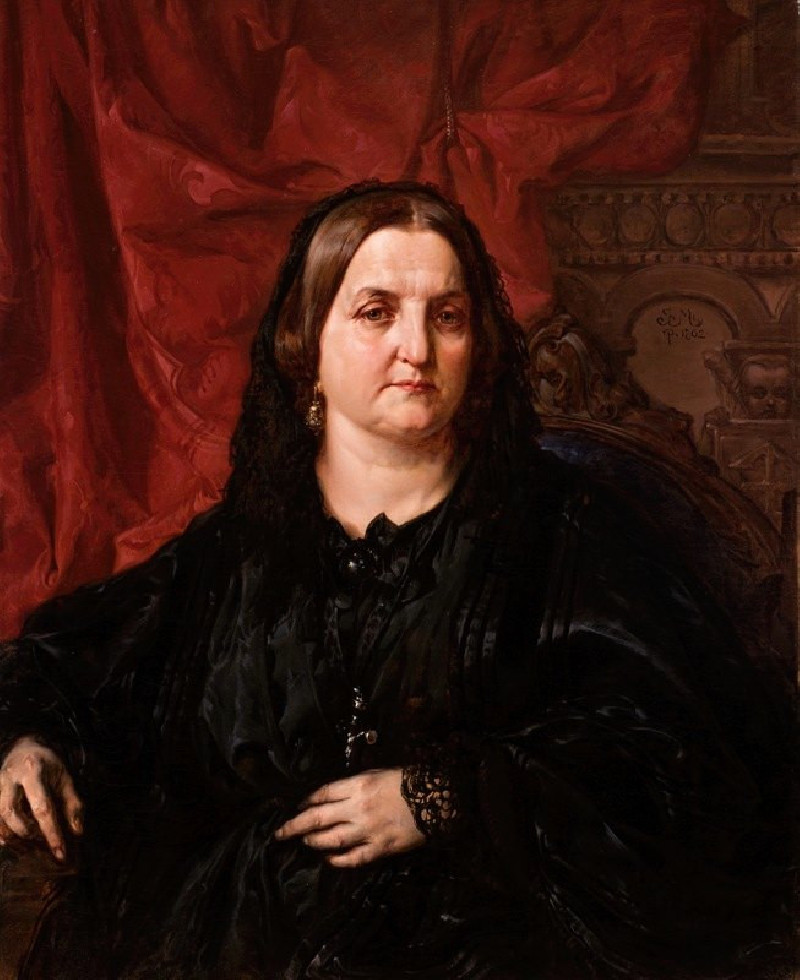

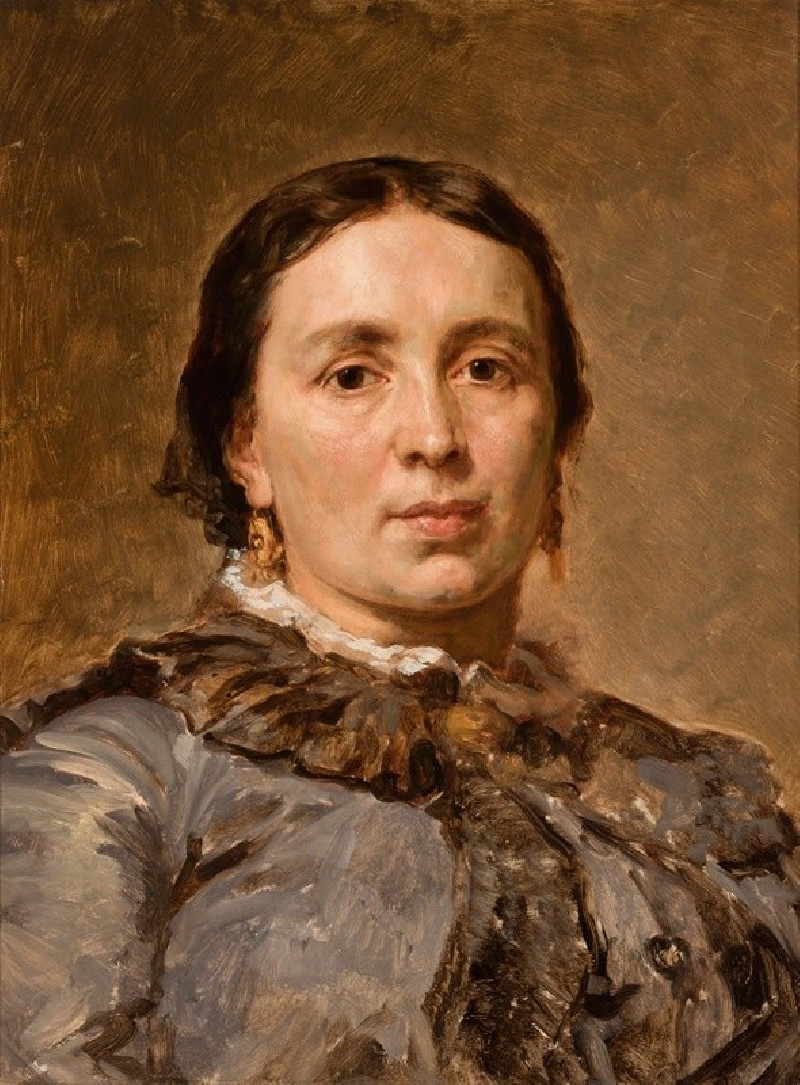
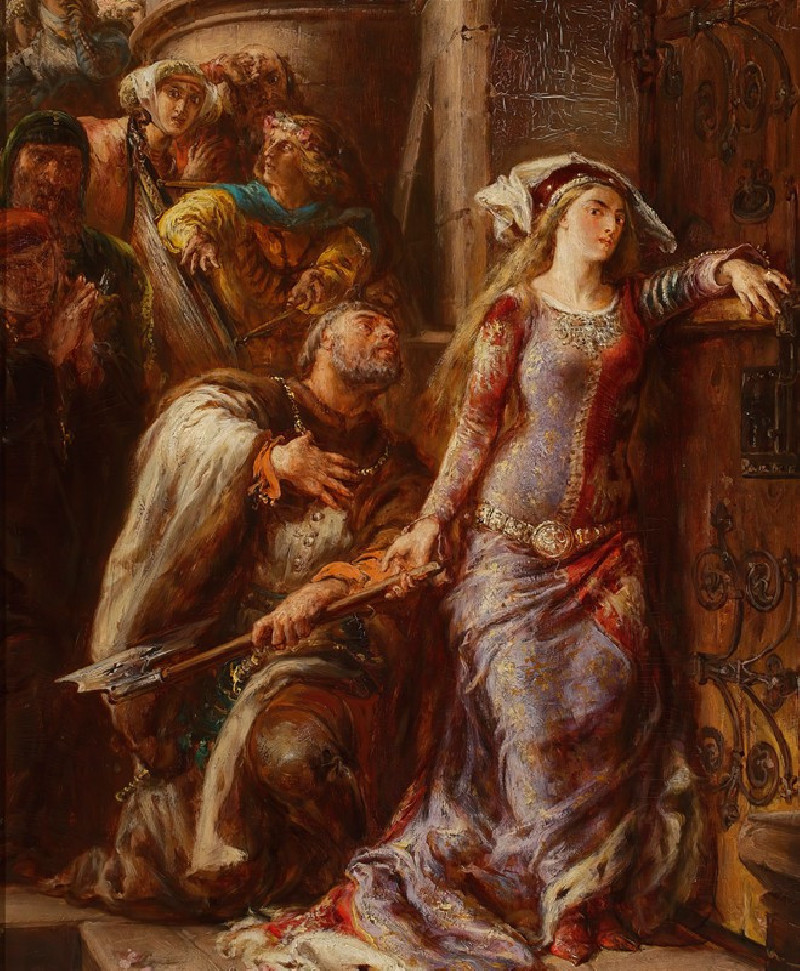


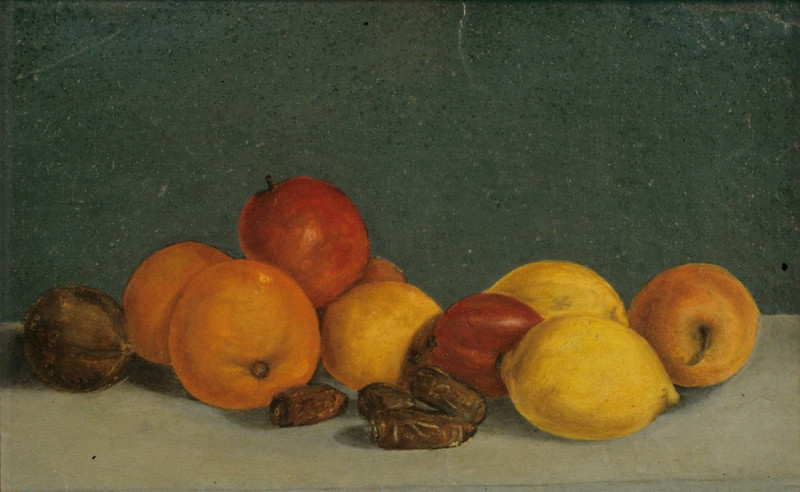
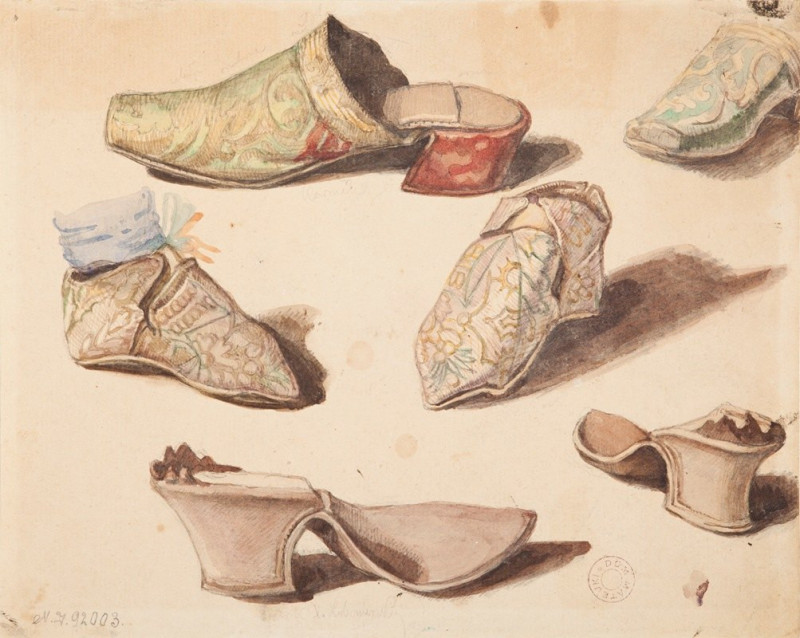
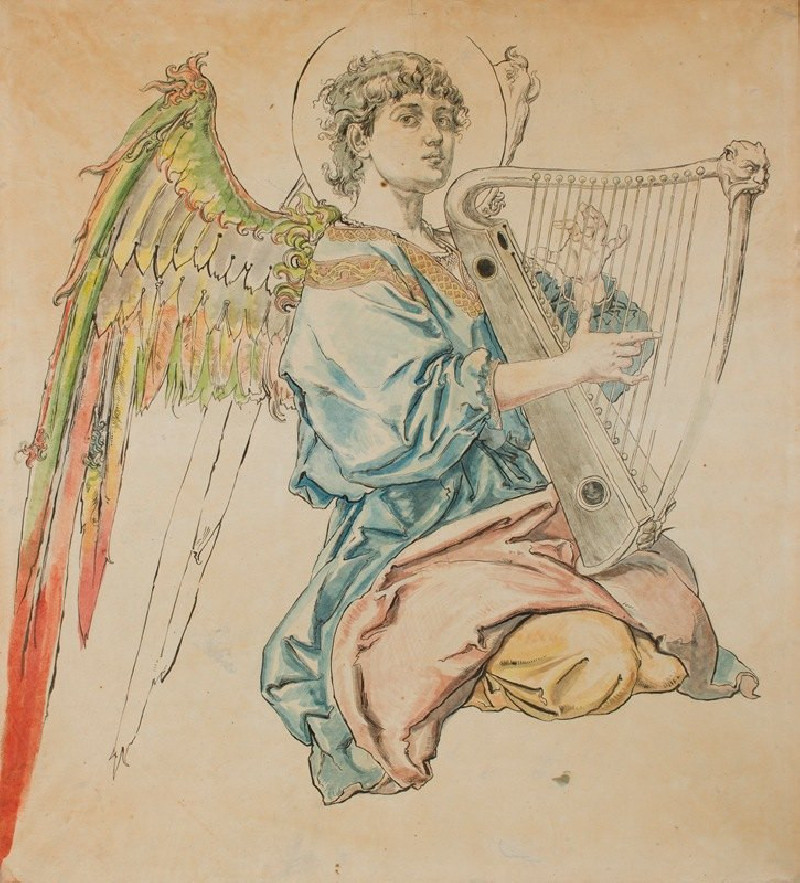

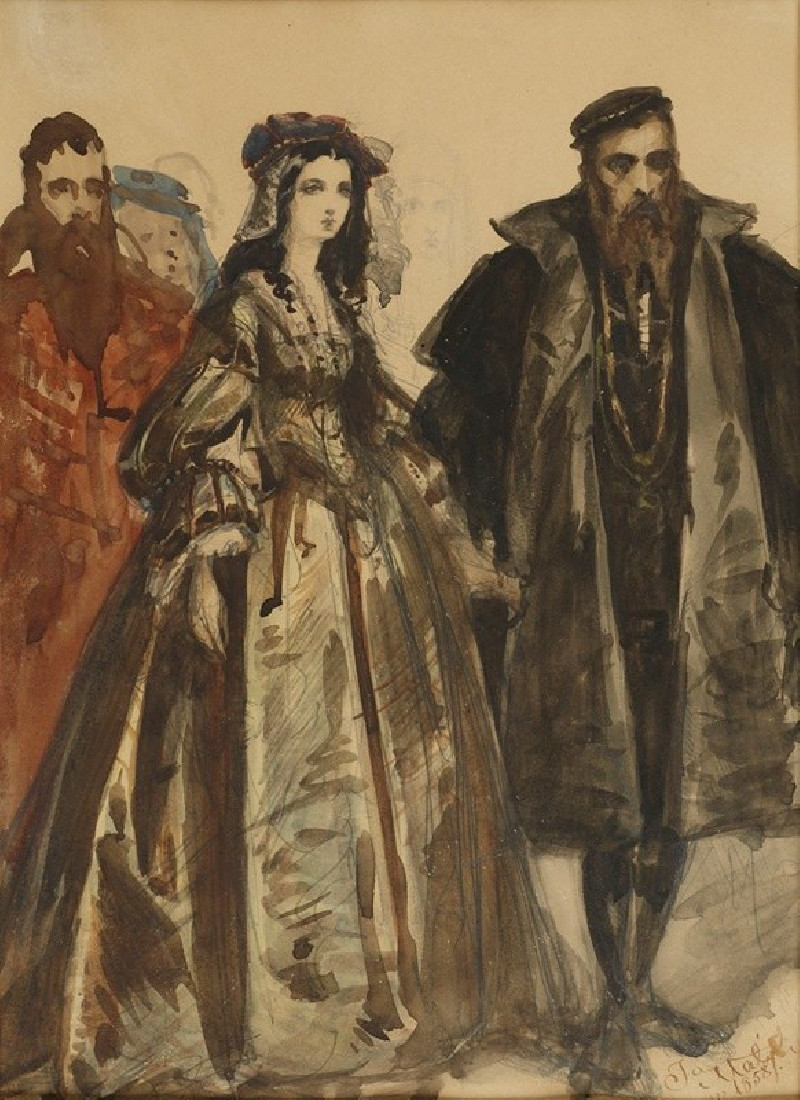


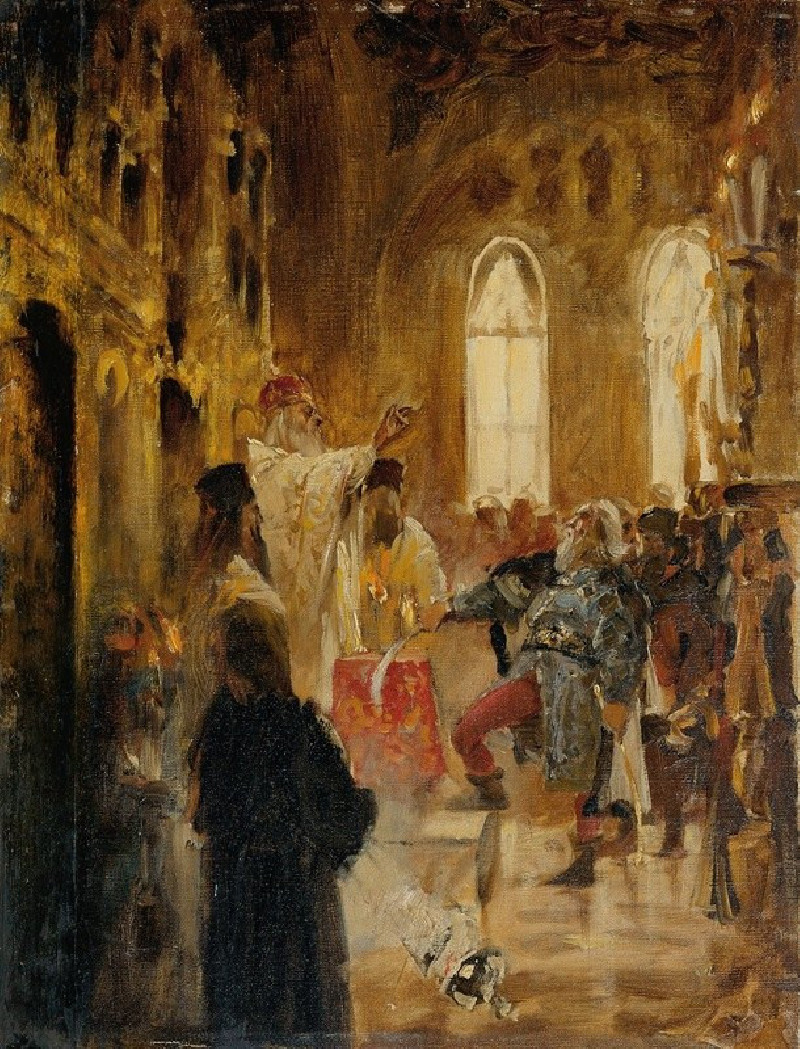
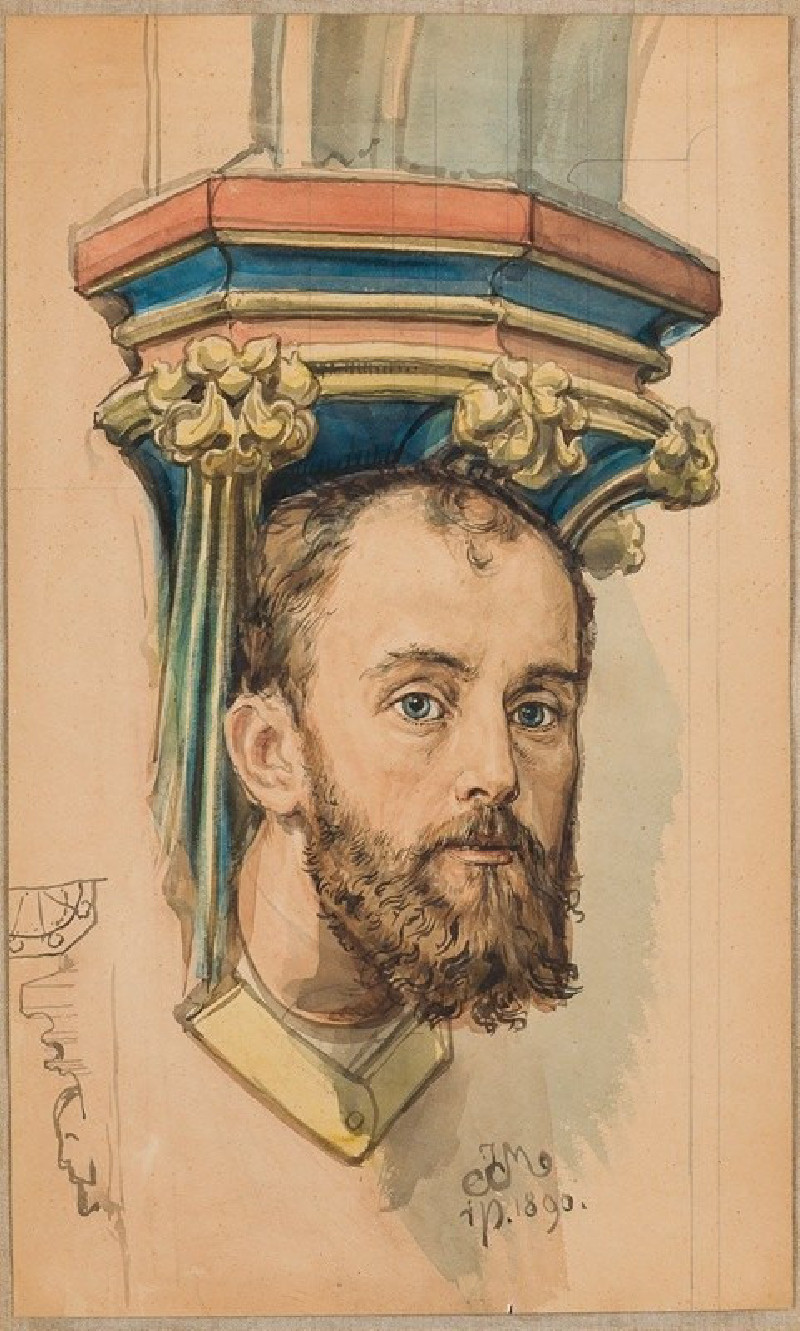


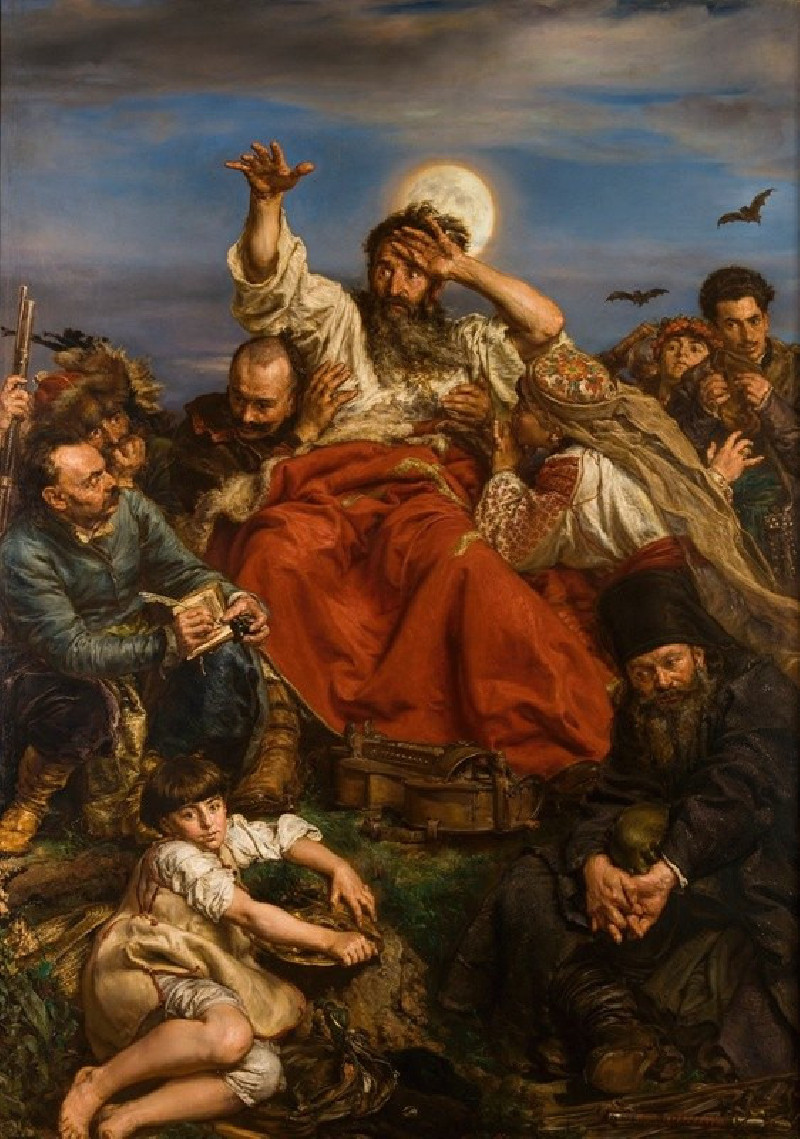

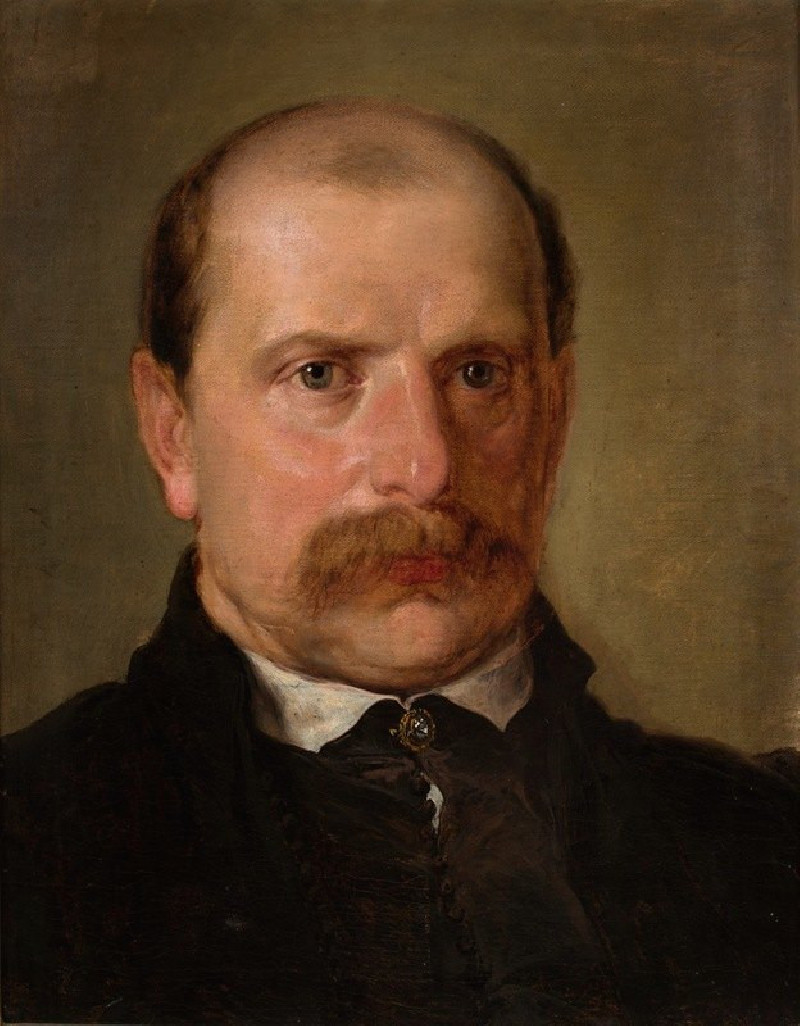
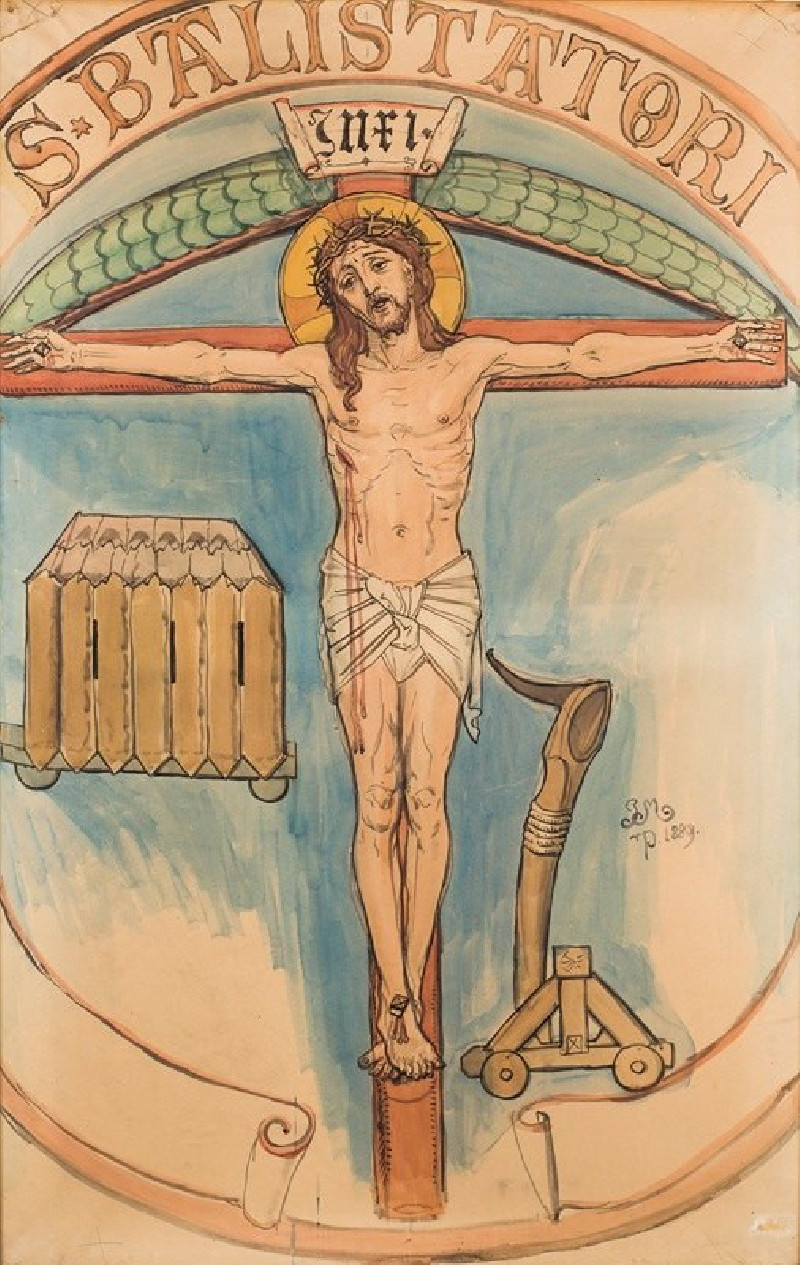
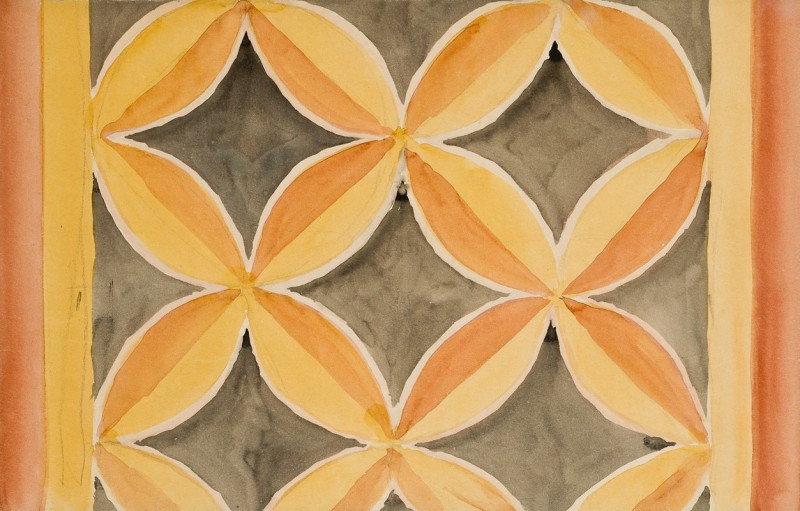
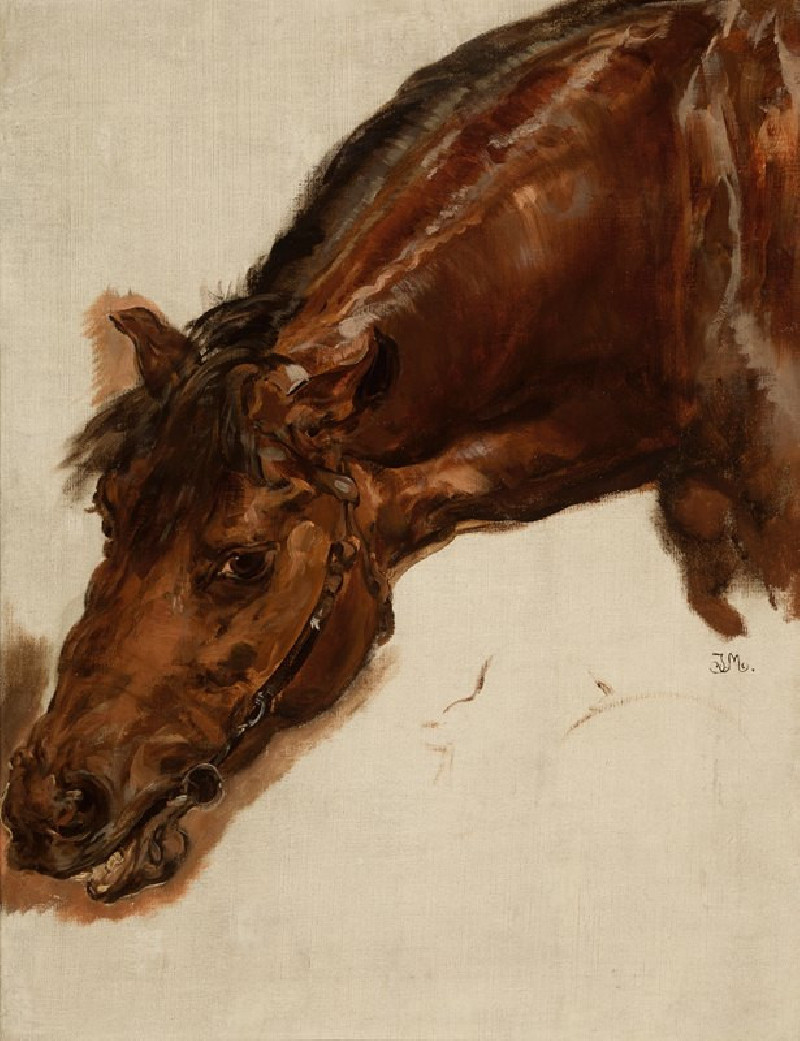
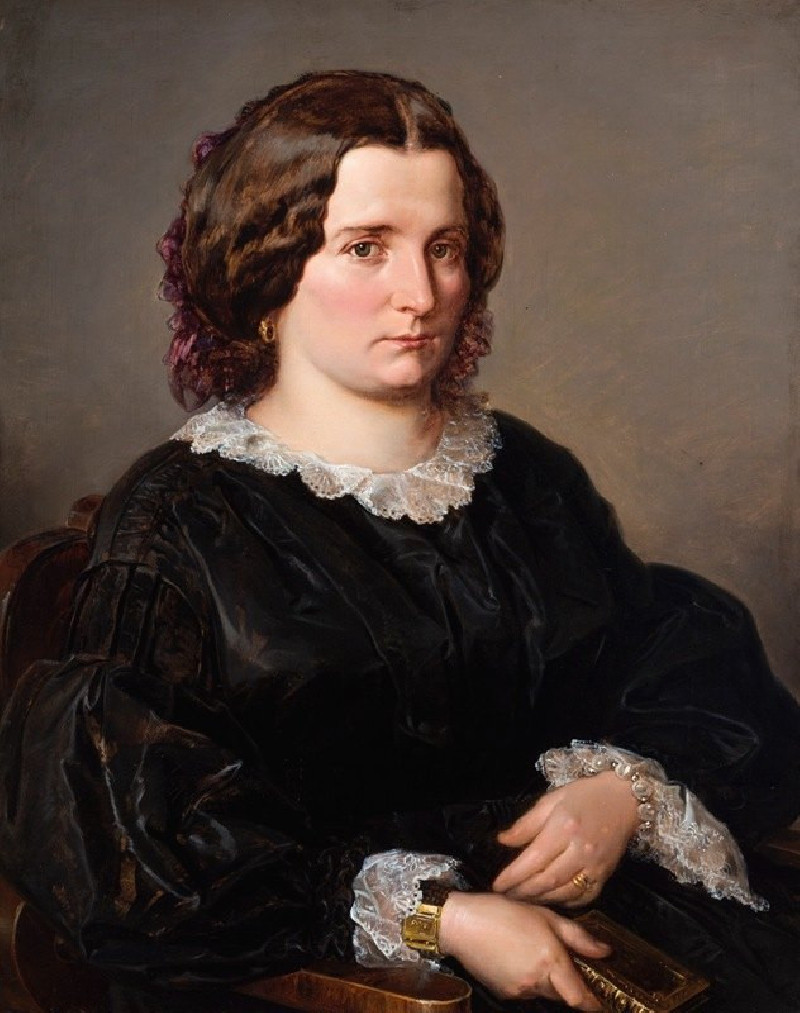
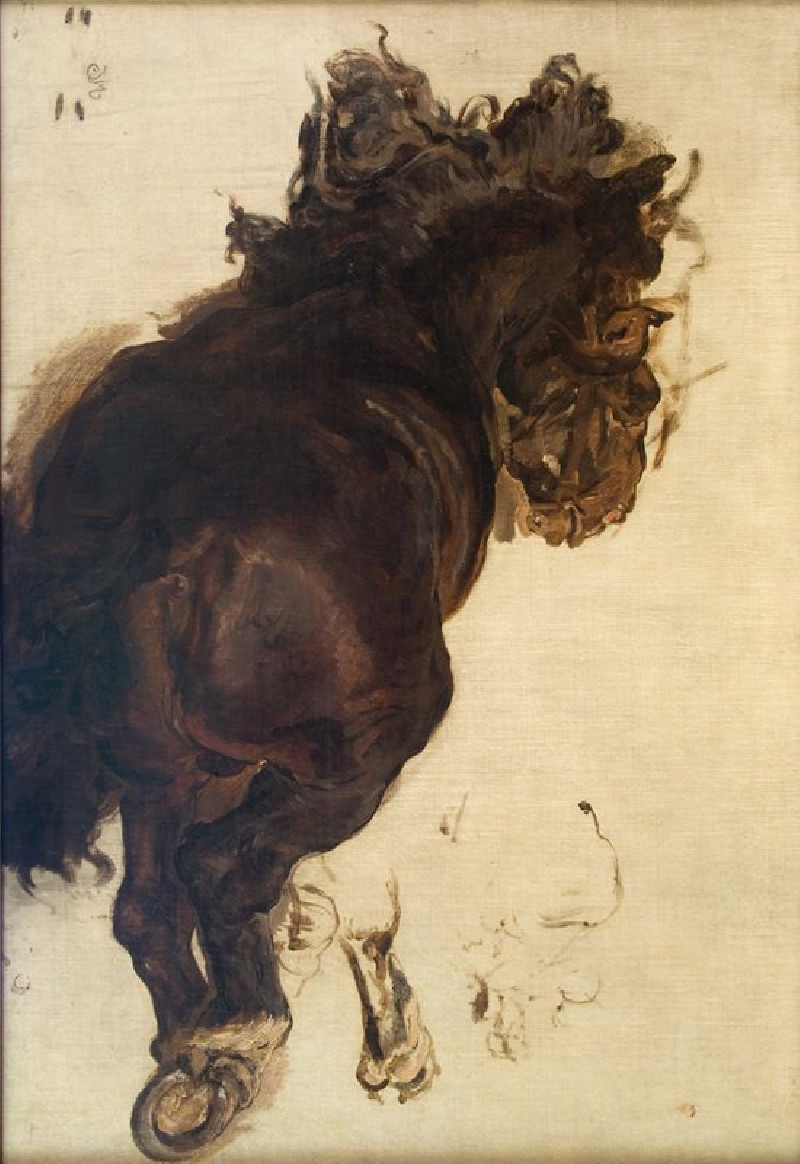
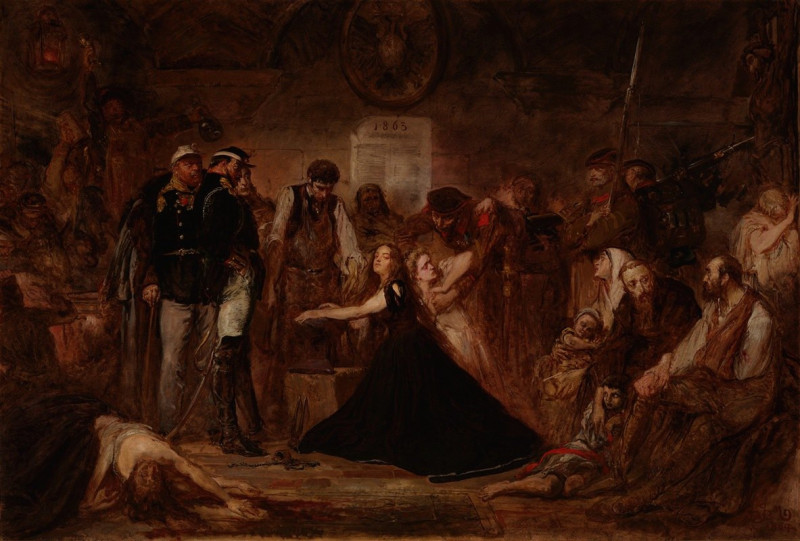
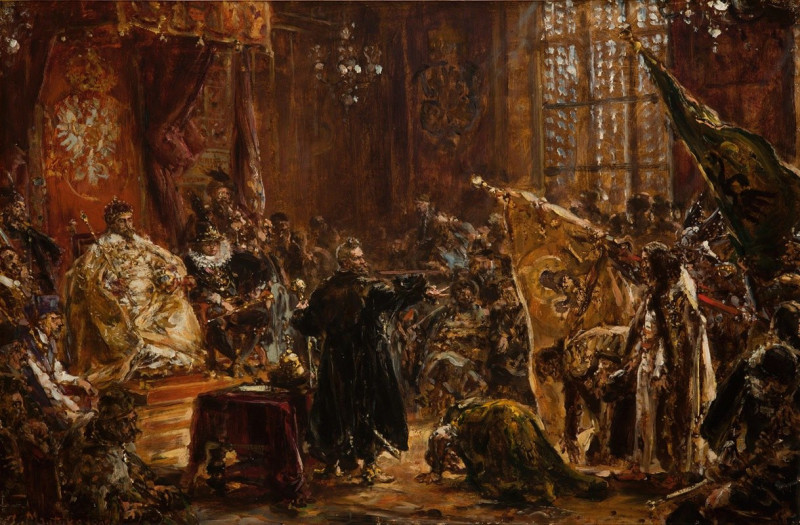


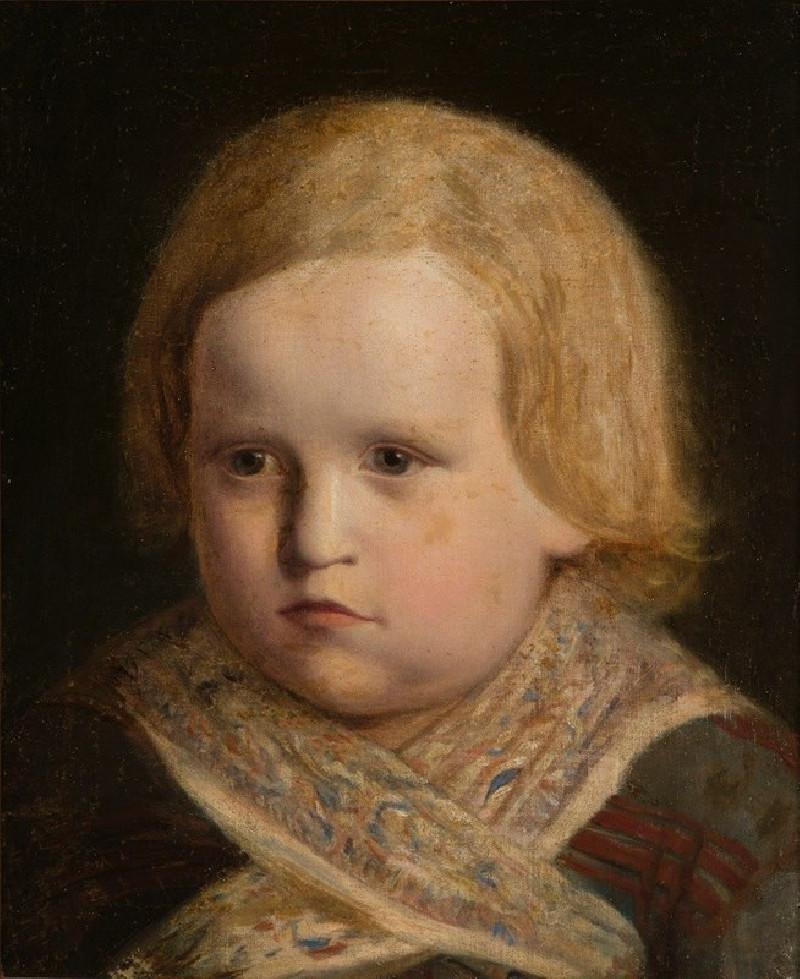
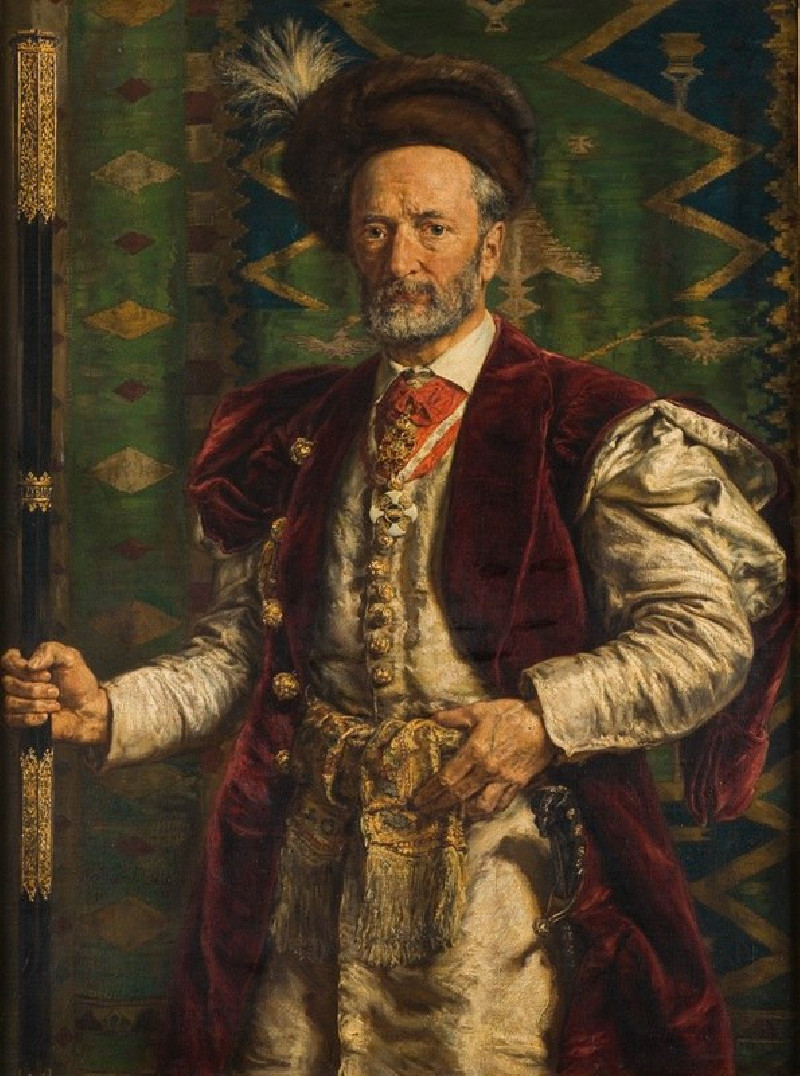
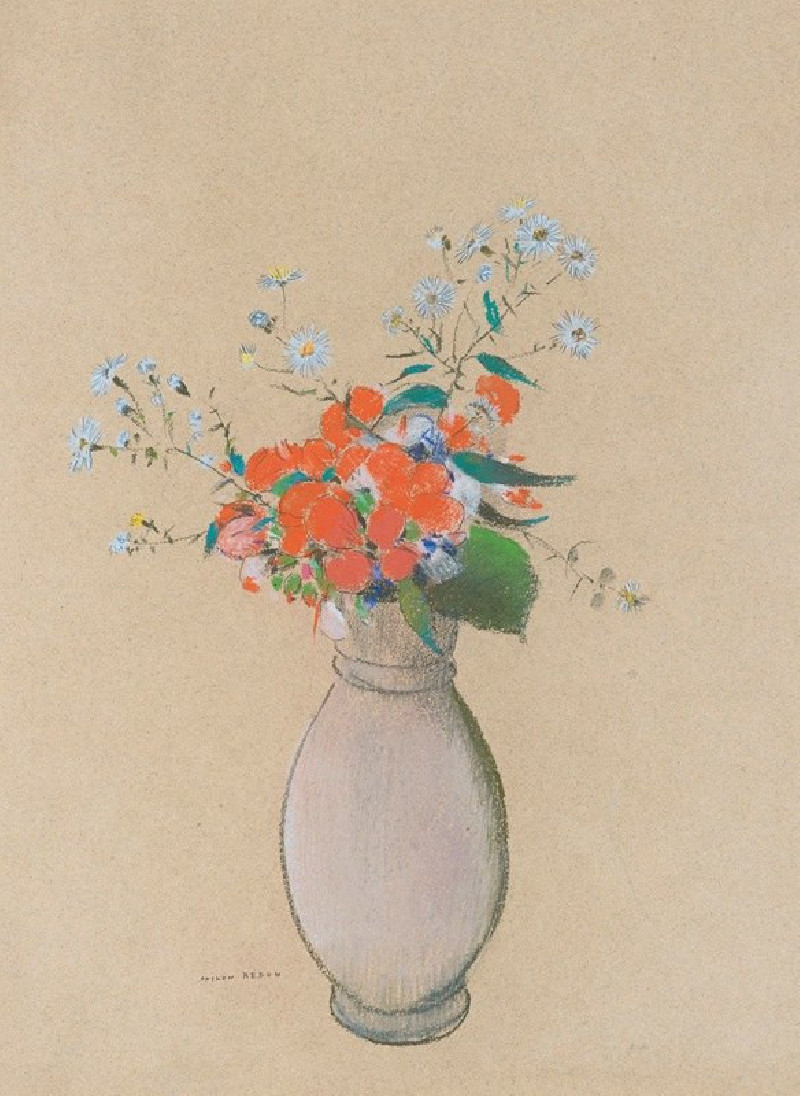
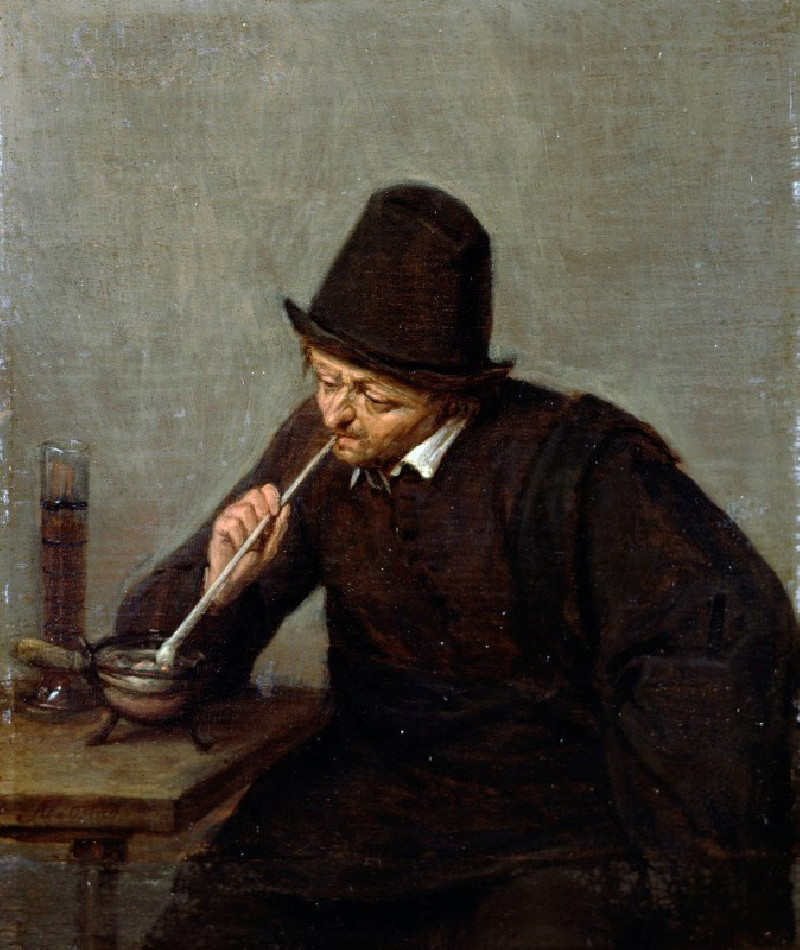
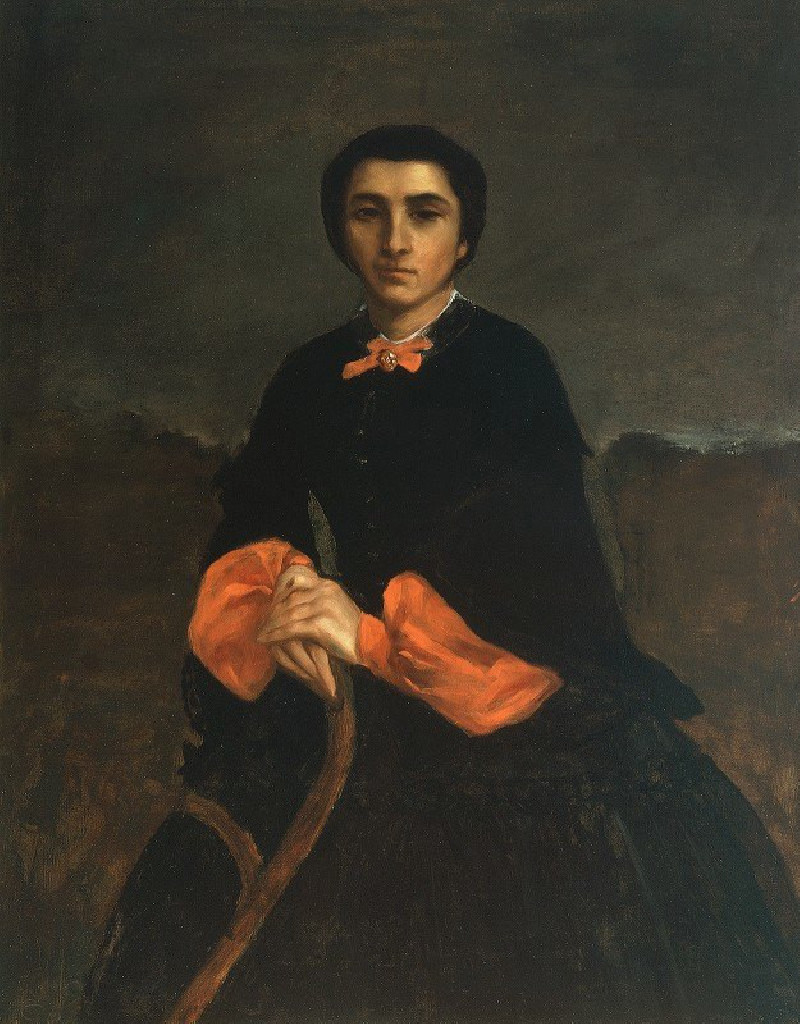
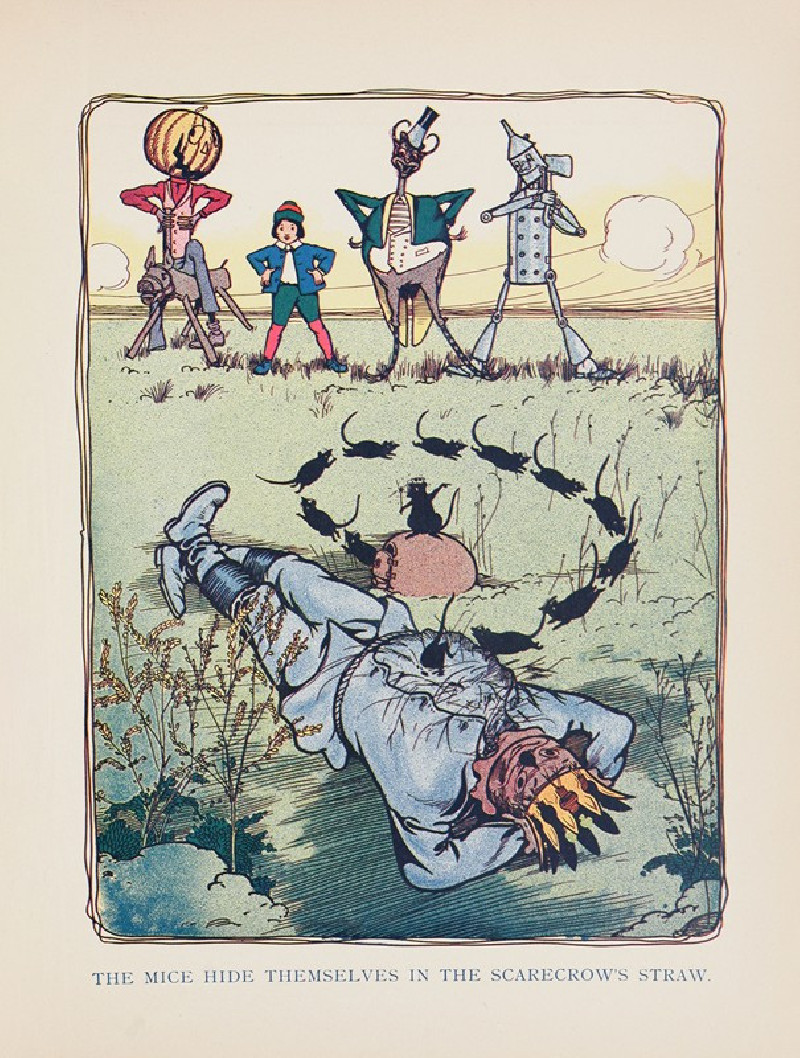
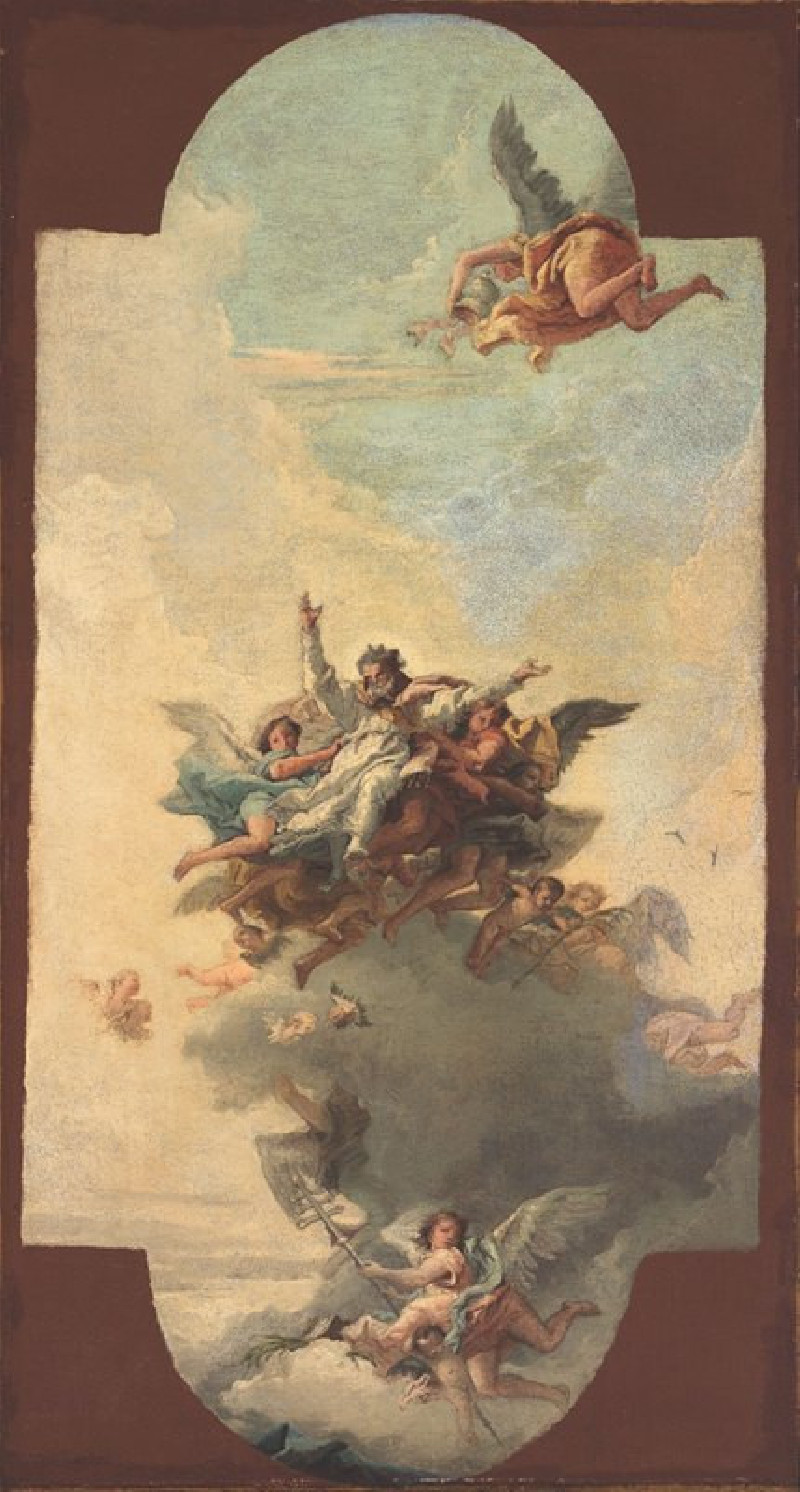
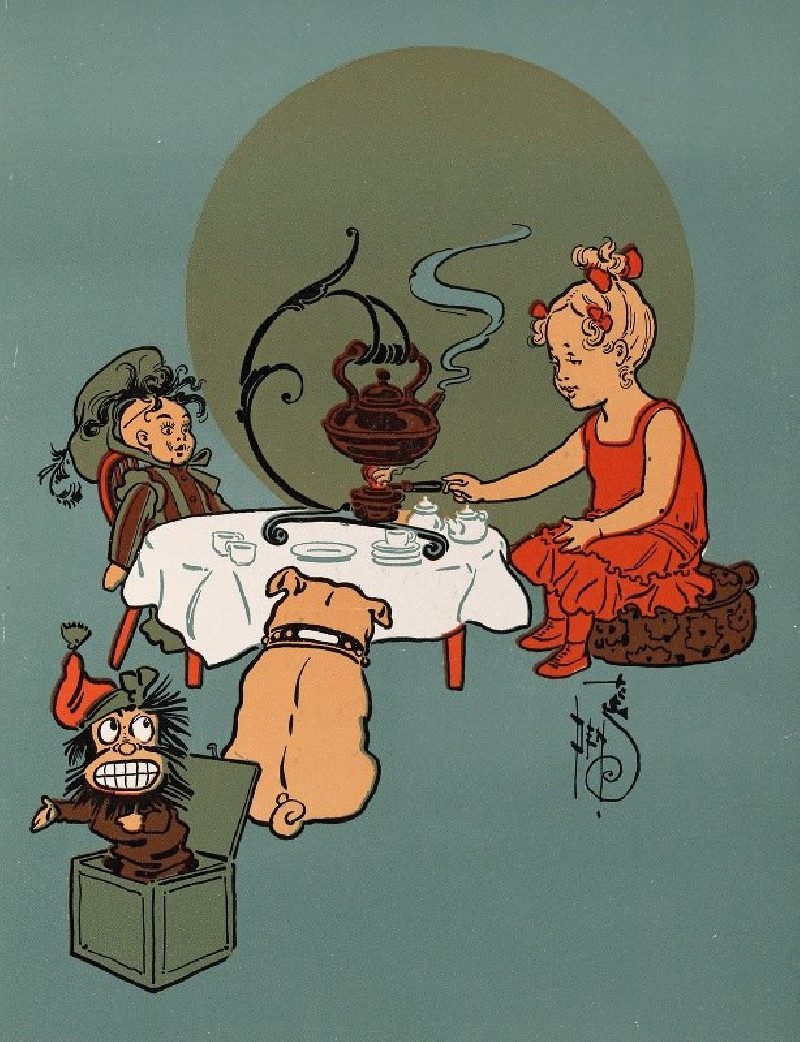
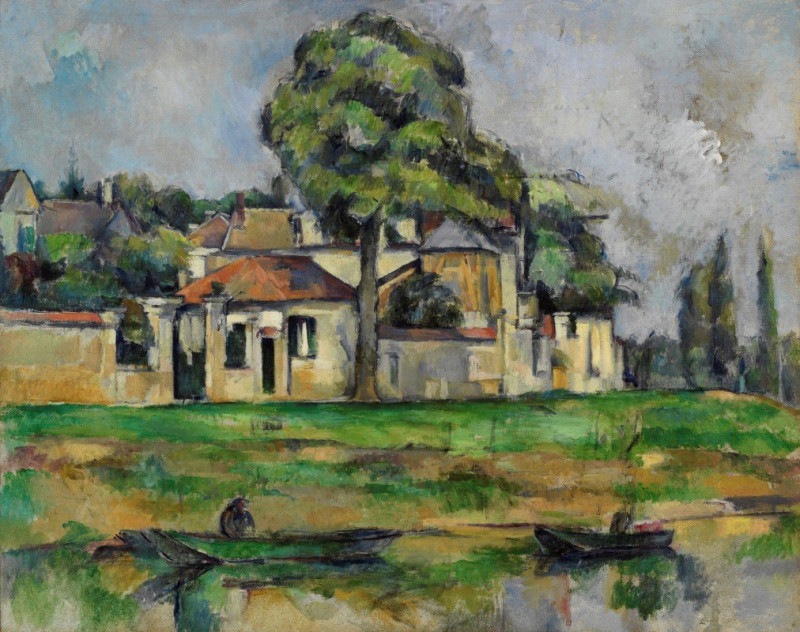
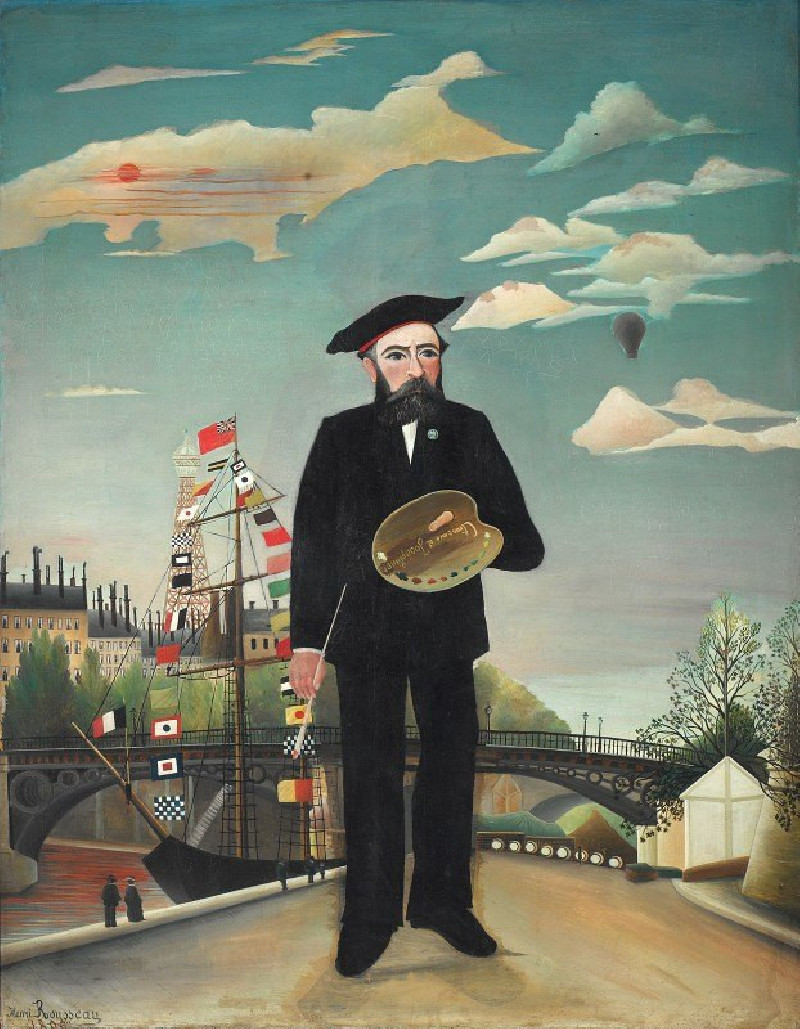
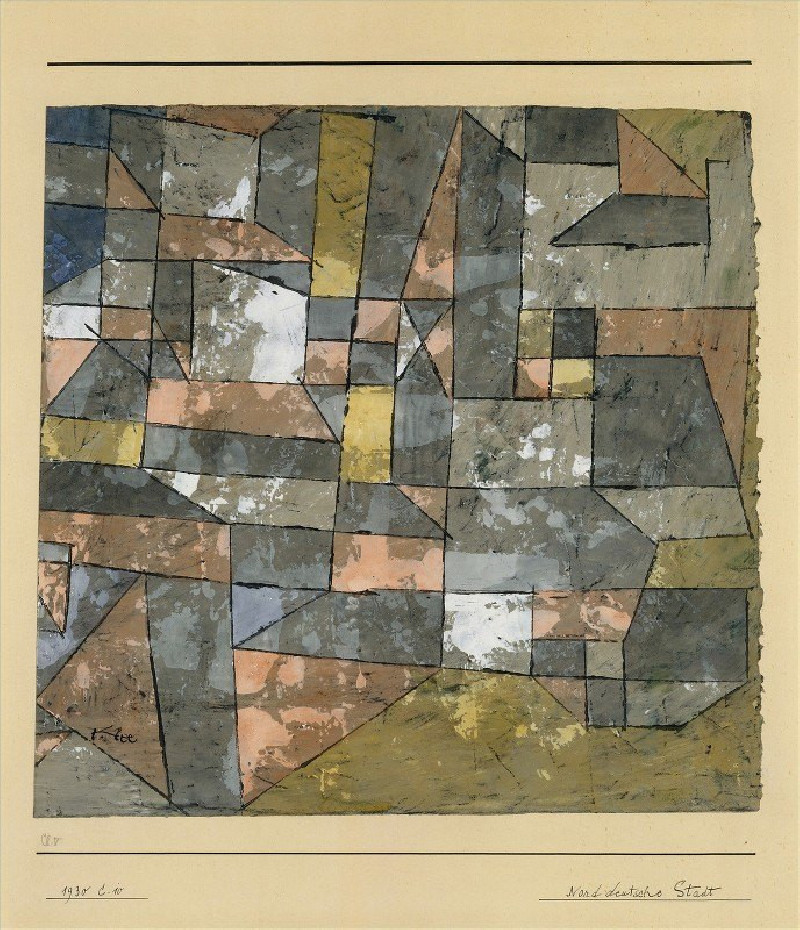
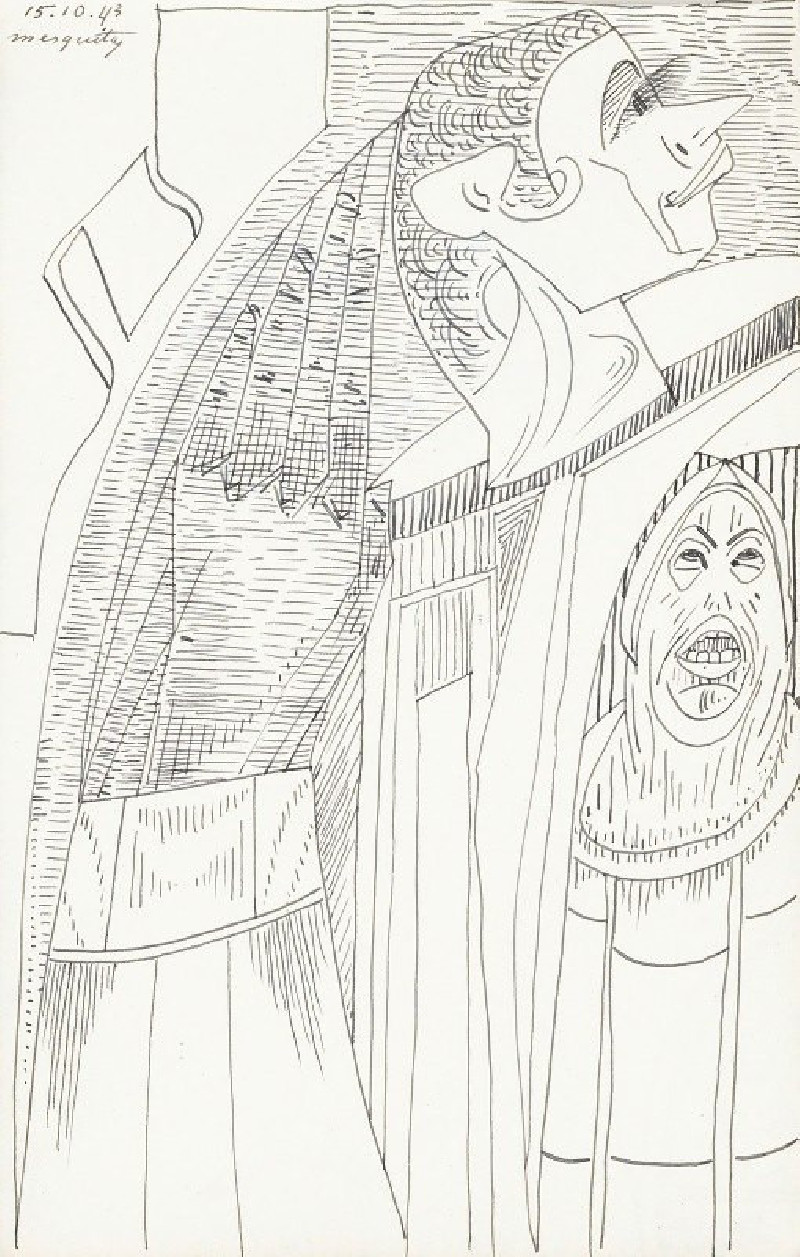
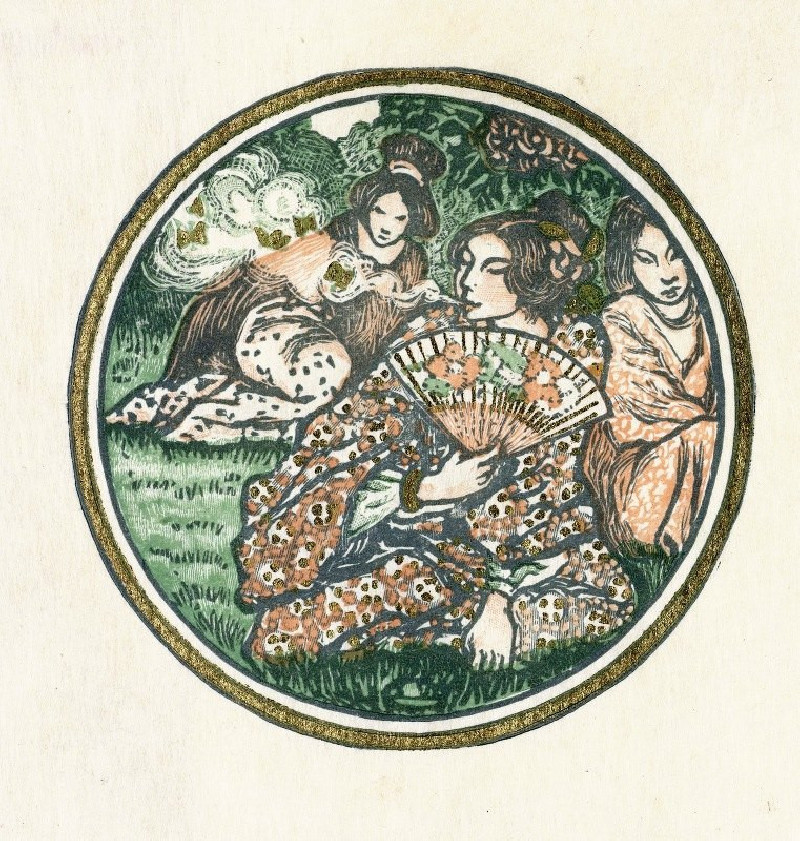



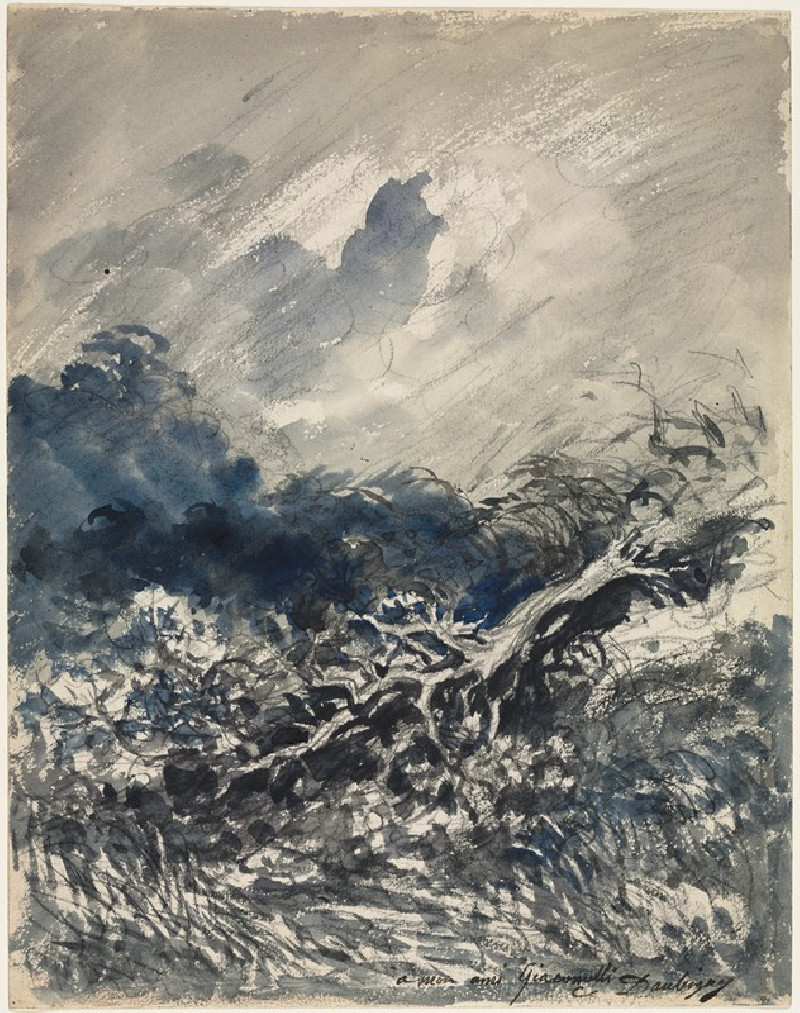
![Ruins of Karnack [Karnak]. (1846-1849) reproduction of painting by David Roberts. ALL GICLEE PRINTS](https://reprodukcijos.lt/39131-large_default/reproduction-of-ruins-of-karnack-karnak-1846-1849.jpg)